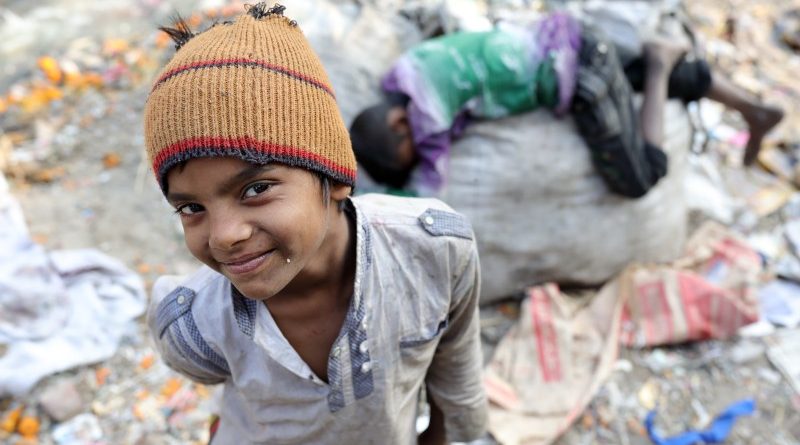Street Children
Street children, also known as “street kids,” are children who primarily live, work, and survive on the streets, often without adequate family or community support. These children face a harsh, insecure, and often dangerous existence. They may be forced into street life due to a variety of reasons, including poverty, neglect, abuse, family breakdown, or natural disasters. Many come from broken homes or unstable environments where they experience neglect, emotional, or physical abuse. In some cases, children leave home to escape violence or because their families cannot provide for their basic needs, such as food, shelter, and education. In urban areas, where opportunities for employment and survival are limited, the number of street children tends to rise. These children may sleep in alleyways, under bridges, or in other places that offer minimal protection from the elements. They often engage in various forms of work, such as begging, washing cars, or selling goods, to survive. In some cases, children are involved in illicit activities, such as petty crime, which are often driven by desperation and the lack of other means to meet their needs. Without the support of a family, these children are vulnerable to exploitation, human trafficking, or involvement in illegal activities. Street children face numerous physical and mental health challenges. Without access to regular healthcare, they are at high risk for diseases, malnutrition, and injury. They also often suffer from emotional trauma, such as anxiety, depression, and post-traumatic stress disorder (PTSD), caused by their difficult living conditions. Many have no access to education, which significantly limits their future opportunities. As a result, street children are often trapped in a cycle of poverty and social exclusion. Despite these challenges, street children are often resilient. They form close bonds with one another, creating informal communities where they can offer each other some degree of protection and support. In some cases, non-governmental organizations (NGOs) and international aid agencies work to improve the lives of street children by providing shelter, food, medical care, and educational opportunities. Social workers and activists are also involved in raising awareness about their plight and advocating for better policies to protect these vulnerable children. However, the issue of street children is complex and requires long-term, systemic solutions. Governments and society must work together to address the root causes, such as poverty and social inequality, that push children to the streets. Providing education, social services, and fostering family and community support can help break the cycle of poverty and provide a brighter future for street children.

